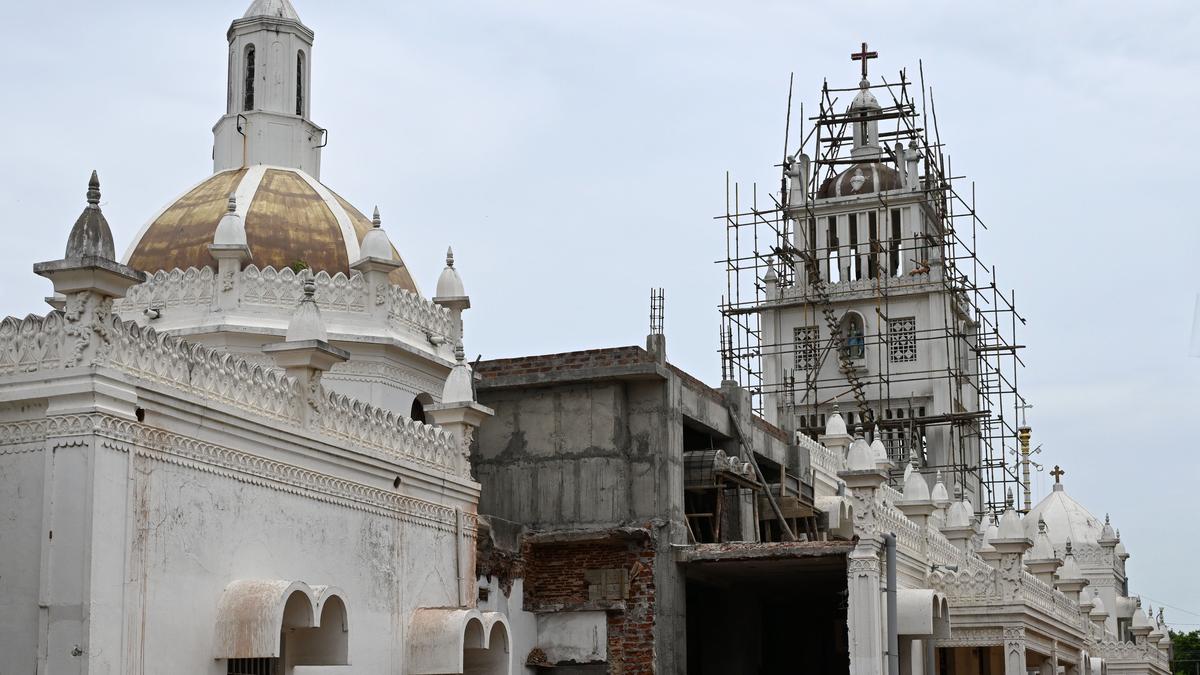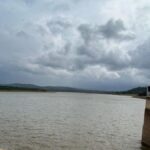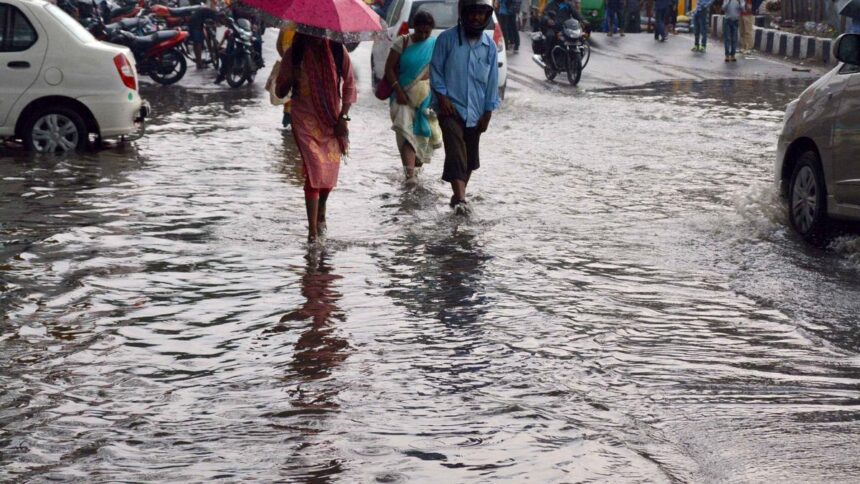Sporting a resplendent necklace, earrings, and bracelets, the statue of Mother Mary at the Adaikala Madha Shrine at Elakurichi is striking for its resemblance to a native Tamil woman. The wooden statue, believed to have been brought in from Manila in the Philippines by Constantine Joseph Beschi, who built the shrine in the early 18th Century CE, is a pointer to how deeply the Italian Jesuit had assimilated the Tamil culture during his missionary work here. This is one of the two statues of Mother Mary that Beschi is believed to have procured from Manila — the other is at the Periyanayagi Madha Shrine at Konnankuppam in Cuddalore district. Here, the Mother is depicted in a sari, the traditional attire of a Tamil woman.
Exemplary works
Beschi himself adopted the lifestyle of the region and even wore a saffron robe like an Indian ascetic. Better known by his Tamil name, Veeramamunivar (Valiant Sage), Beschi mastered Tamil, too, and is famous for his exemplary literary works such as Thembavani, Thirukavalur Kalambagam, and Parmaratha Guru Kathaigal.
The shrine he built at Elakurichi, referred to as Thirukavalur then, has also stood the test of time and continues to attract the devout from far and near. Many believe that Adaikala Madha’s healing spirit would cure them of ills. Elakurichi has emerged as a pilgrimage centre in Ariyalur district not only for Roman Catholics but also for the people of other faiths.
Beschi is believed to have arrived in India in 1710 and moved to Tamil Nadu. “Fr. Beschi arrived in Elakurichi in 1716 and during the time, the Catholics, who suffered persecution under the Tanjore kings, moved to Elakurichi seeking shelter. He offered them succour and built a small chapel. Since it gave shelter to people seeking refuge, it was named Adaikala Madha (Our Lady of Refuge) Shrine,” Parish Priest Rev. Fr. P. Thangasamy said. According to legend, Beschi had cured Arangappa Mazhvarayar, the Ariyalur Palayakarar, of a cancerous tumour, with the blessings of the Holy Mother. A spring is believed to have appeared near the church during the scorching summer, and the application of its water and mud had cured Arangappa Mazhvarayar’s tumour.
Land donation
Pleased with Fr. Beschi’s service, the Palayakarar had donated about 175 acres of land to the church. However, a recent digital survey showed that only 45 acres is under the control of the shrine, according to Fr. Thangasamy.

According to legend, Constantine Joseph Beschi had cured Arangappa Mazhvarayar, the Ariyalur Palayakarar, of a cancerous tumour, with the blessings of the Holy Mother. Pleased with Fr. Beschi’s service, the Palayakarar had donated about 175 acres of land to the church. A tableau depicting Arangappa Mazhvarayar and Fr. Beschi, with the ‘kal patta’ (the deed engraved on stone), is displayed at the Veeramamunivar Mani Mandapam on the church campus.
| Photo Credit:
M. MOORTHY
An inscription, recording the donation and engraved on a stone slab, is preserved at the church. A tableau depicting Arangappa Mazhvarayar and Fr. Beschi, with the ‘kal patta’ (the deed engraved on stone), is displayed at the Veeramamunivar Mani Mandapam on the church campus.
A 53-foot-tall brass statue of Adaikala Madha, built with contributions from devotees, was installed in the middle of the Sacred Pond in 2022 through the efforts of Rev. Fr. Lourdu Samy and Rev. Fr. Suvakkin. It is here that the holy spring is believed to have appeared, and many devotees continue to take home its “holy water and mud” as a cure for their ailments. Childless couples and singles wishing to get married flock to the church to get the blessings of the Mother, who, they believe, would fulfil their wishes.
The church also blends many of the local customs in its celebrations. Its annual feast, commencing on the second Saturday after Easter, features a grand car run the following Saturday. And, on August 15 every year, a kuthuvilakku pooja, christened ‘Oli Vizha’, is held with a special mass, when devotees light about 1,200 lamps for the fulfilment of their prayers.
Pongal is celebrated with a special service. The festivities include cooking Pongal on the church campus. “Several families residing in villages and towns around Elakurichi consider Adaikala Madha as their ‘kula deivam’ (clan deity). People from various places visit the shrine throughout the year, especially at weekends. Better bus connectivity to Elakurichi would be of great help to devotees. Direct bus links connecting the Velankanni, Elakurichi, and Poondi shrines, a sort of tourism circuit, would be even better,” said Fr. Thangasamy.
Development projects lined up
The church, which was expanded by Rev. Fr. V. Antony Samy in 1980, is undergoing extensive renovation. “We have begun the work at an estimated cost of about ₹3 crore with contributions from devotees and funds expected from the State Minorities Commission. The renovation will be carried out without altering the heritage character of the shrine’s main dome, built by Fr. Beschi,” Fr. Thangasamy said. The renovation of the historic shrine, which is under the Diocese of Kumbakonam, is planned to be completed in the next six months. The State Tourism Department has planned to execute development projects such as strengthening the approach from the front side of the church and creating amenities such as a parking lot and a children’s park.
Published – July 04, 2025 09:00 am IST




















